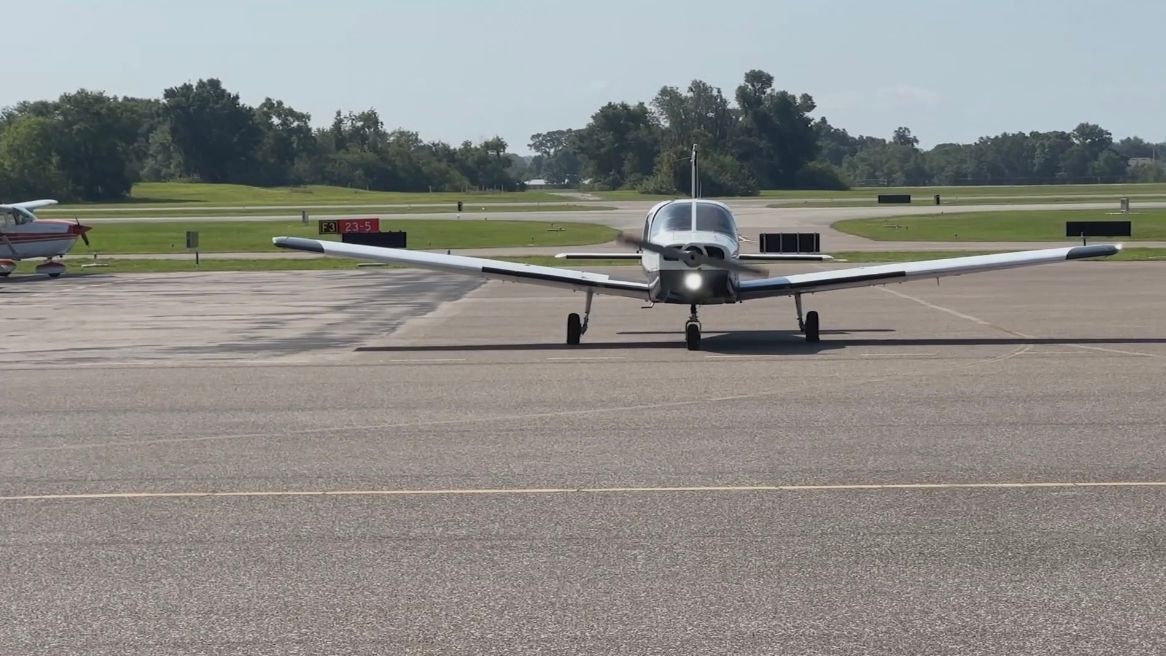WINTER HAVEN, Fla. — Winter Haven Regional Airport is looking to become the first in the nation to launch a digital remote air traffic tower.
What You Need To Know
- Winter Haven Regional Airport is aiming to become the first in the nation to launch a digital remote air traffic tower
- The $1.2 million system, along with a dedicated radio frequency, is awaiting FAA approval
- The digital tower will go through a testing phase by the end of the year and is expected to be fully operational in 2026
The $1.2 million system is fully funded by the Department of Transportation.
As the airport becomes busier, Director Troy Heidel has searched for new ways to increase safety for pilots.
“A couple of things — initiatives we take out here — we hold regular safety meetings. We’ve developed what’s called enhanced operating procedures that, in partnership with our flight schools here, help make some of our traffic more predictable. Everybody’s doing the same thing and communicating the same way,” he said.
The Tampa Bay native expects air traffic to improve even further once the airport launches its digital remote tower, which will be housed at Bartow Airport. Currently, Winter Haven is an uncontrolled site and shares a frequency with four other airports. Over the past few years, Heidel and his team have urged the FAA to dedicate a frequency to the city.

“So we don’t have so much congestion on our frequency, because out of those five airports, here at Winter Haven we account for 40% of that traffic in the sky, and we’re doing 80,000 operations annually,” he said.
Both the new frequency and the remote tower still need to be cleared by the Federal Aviation Administration. Once approved, Heidel believes the airport will be better equipped to help prevent incidents like the tragic mid-air collision it experienced in 2023.
“When you’ve got a controlled tower out here, and you’ve got somebody that’s stationed solely on the ground or in a remote facility monitoring your airspace and making sure that collision avoidance and safe separation are maintained, it’s always a helpful benefit to have,” he said.
The tower, which will be made up of an array of cameras, will go through a testing phase by the end of the year. Heidel hopes the system will be fully operational in 2026.







